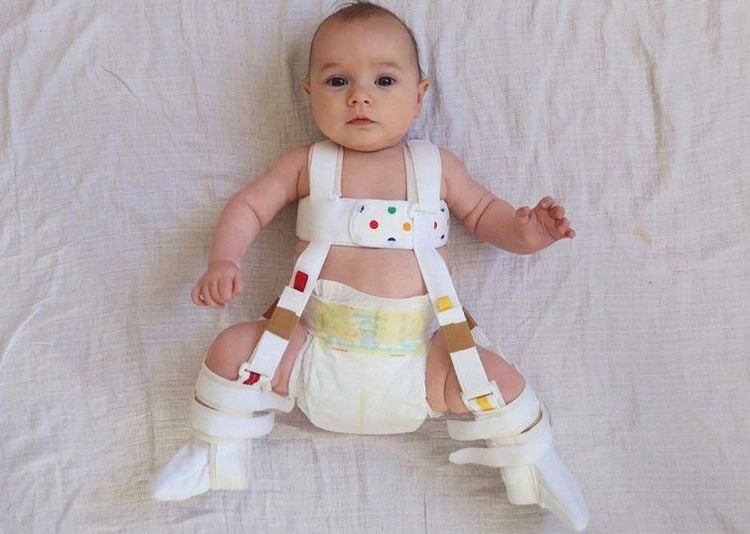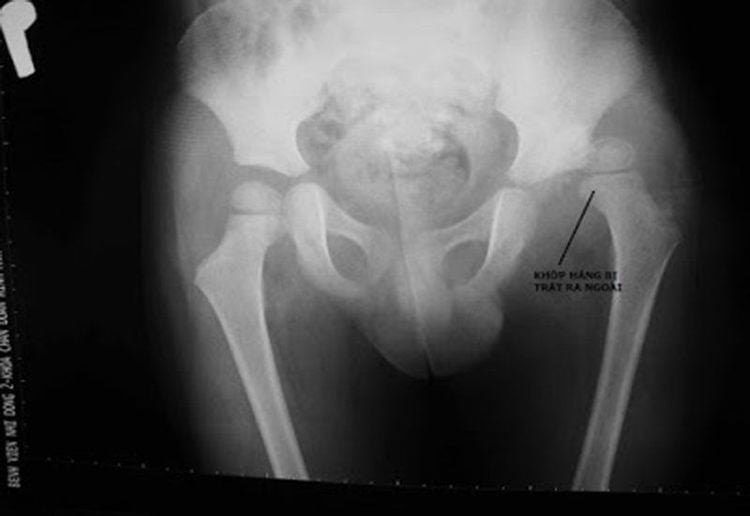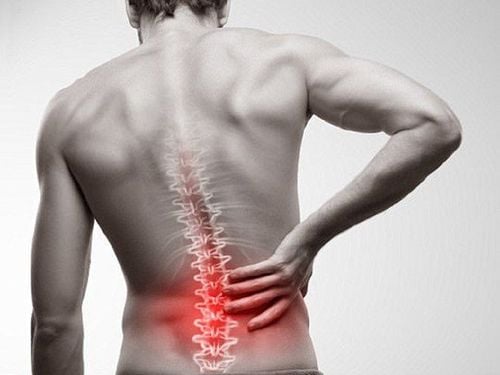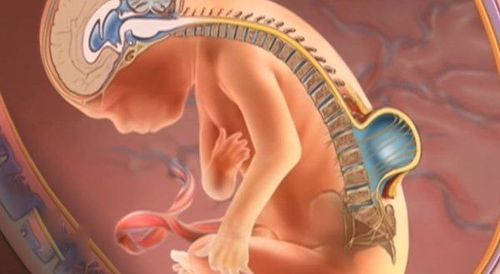This is an automatically translated article.
The article was consulted with Specialist Doctor I Nguyen Thi My Linh - Neonatologist - Department of Pediatrics - Neonatology - Vinmec Danang International General Hospital.1. What is a congenital hip dislocation?
Congenital hip dislocation is an abnormal development of the hip joint. This is the result of an abnormal relationship of the femoral head to the femoral joint.The reported incidence of congenital hip dislocation varies from 1.5 to 20/1000 births, with the majority (60-80%) of the abnormality resolving spontaneously within 2-8 weeks (also known as is an immature hip).
Risk factors for congenital hip dislocation include:
Female sex (male:female about 1:8). First born baby. Family rent. Butt labor. Mesothelioma . Closed metatarsal defect. Vertebral fracture. Congenital hip dislocation is suspected in the early infancy thanks to widely used clinical examination, including the Ortolani maneuver, the Barlow maneuver, and the Galeazzi sign. Subsequent diagnosis is often confirmed by hip ultrasound, especially as a screening tool for congenital hip dislocation. However, once there is a significant change in joint structure, X-ray examination is required.

2. The role of joint ultrasound in screening for congenital hip dislocation
Ultrasound is considered to be the first tool used as a method to evaluate the hip structure of infants in the 1980s. The Graf classification of hip growth has become popular due to its ability early detection and improved accuracy. Accordingly, ultrasound has been widely used to screen for congenital hip dislocation. The advantage of ultrasonography of the hip performed in neonates is that the femoral condylar presentation is less pronounced. In addition, ultrasound also has the advantage of allowing dynamic testing, assessing the stability of the hip joint when the child moves.Although ultrasonography is not a means of absolute results, as late-developing congenital hip dislocation can occur despite negative initial screening, if not screened and detected during 3 months postpartum, congenital hip dislocation may increase the need for surgery later in life. Therefore, comprehensive newborn screening and examinations always include an indication for hip ultrasound to screen for congenital hip dislocation within 2–6 weeks of birth.
3. How to perform hip ultrasound
Manipulation Ultrasound of the hip was assessed using the Graf classification, which uses measurements of the alpha and beta angles of a standard cross-section of the hip.Angle alpha is the angle formed between an edge of the iliac wing and a line edge connecting the basal point with the superior lateral acetabular angle. The normal alpha angle should be above 60 degrees.
The beta angle is the angle formed between an edge of the iliac extension and an edge of the superior lateral acetabular line tangent to the femoral head. This angle is as narrow as possible, usually less than 77 degrees.
Bone coverage ratio (ratio d:D) is the ratio of the femoral condyle covered by the acetabulum. Values above 50% are considered normal.
At ultrasound, the alpha and beta angles are continuous measurements. Then, the angles are coded to obtain a match pattern (Ia, Ib, IIa, IIb, IIc, III, IV or D). A hip with an alpha angle over 60 degrees is classified as a mature I. If the beta angle is less than 55 degrees, the hip is further classified as a type Ia joint, while over 55 degrees is a type Ib.
If the child has an alpha angle between 50 and 59 degrees and is less than 3 months old on examination they are classified as having physiologically immature Class IIa hip joints, while if they are over 3 months old they will be classified as developmental delays type IIb development.
If the child has an alpha angle between 43 and 49 degrees, it is classified as type IIc dysplasia. Furthermore, hips with an alpha angle of less than 43 degrees are classified as eccentric type III or type IV. Joints with beta angles above 77 degrees are classified as D.

However, if an infant has a negative Graf classification (Ia, Ib) but is symptomatic on examination or has risk factors, the infant is classified as intermediate and is followed up after one month for evaluation. price progress. The hip tests used include the Barlow test, Ortolani test, limited hip flexion, and Galeazzi and Allis signs. Risk factors include a family history of congenital hip dislocation, breech delivery, oligohydramnios, and any postural anomalies of the neck or lower extremities.
Newborns with non-immature Graf type IIa will need follow-up one month later, while Graf types IIc, III, IV and D with more severe dysplasia will be referred to an orthopedic specialist. baby picture.
In conclusion, hip ultrasound is an effective method for screening, determining the incidence and diagnosis of hip dislocation and hip dysplasia in neonates. The accuracy of ultrasound in screening for congenital hip dislocation is comparable to that of radiographs but will limit the risk of X-ray exposure. As a result, children are detected early, promptly adjusted, avoiding the risk of orthopedic surgery in the future.
Currently, the Pediatrics Department at Vinmec International General Hospital is trusted by many parents to examine the diseases that infants and young children are susceptible to. Vinmec brings satisfaction to customers and is highly appreciated by industry experts by:
Gathering a team of leading pediatricians: including leading experts with high professional qualifications ( professor, associate professor, doctorate, master), experienced, worked at major hospitals such as Bach Mai, 108.. The doctors are well-trained, professional, have a heart - a vision. Understanding young psychology. Besides domestic pediatricians, the Department of Pediatrics also has the participation of foreign experts (Japan, Singapore, Australia, USA) who are always pioneers in applying the latest and most effective treatment regimens. . Comprehensive services: In the field of Pediatrics, Vinmec provides a series of continuous medical examination and treatment services from Newborn to Pediatric and Vaccine,... according to international standards to help parents take care of their baby's health from birth to childhood. Advanced techniques: Vinmec has successfully deployed many specialized techniques to make the treatment of difficult diseases in Pediatrics more effective: neurosurgery - skull surgery, stem cell transplantation blood in cancer treatment. Professional care: In addition to understanding children's psychology, Vinmec also pays special attention to the children's play space, helping them to play comfortably and get used to the hospital's environment, cooperate in treatment, improve the efficiency of medical treatment.
Please dial HOTLINE for more information or register for an appointment HERE. Download MyVinmec app to make appointments faster and to manage your bookings easily.














